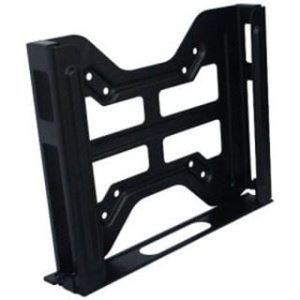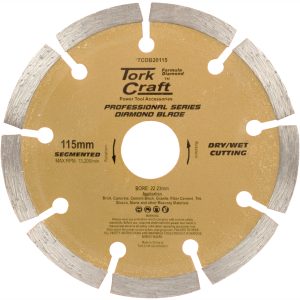-
×
 PROFI MULTICUT SDS+ SHANK PLW 14 x 450
1 × R599.55
PROFI MULTICUT SDS+ SHANK PLW 14 x 450
1 × R599.55 -
×
 COBALT DRILL BIT SHORT POUCH 3.0MM
1 × R132.02
COBALT DRILL BIT SHORT POUCH 3.0MM
1 × R132.02 -
×
 COBALT DRILL BIT SHORT POUCH 10.0MM
1 × R485.36
COBALT DRILL BIT SHORT POUCH 10.0MM
1 × R485.36 -
×
 COBALT DRILL BIT SHORT POUCH 9.5MM
1 × R500.83
COBALT DRILL BIT SHORT POUCH 9.5MM
1 × R500.83 -
×
 COBALT DRILL BIT SHORT POUCH 5.5MM
1 × R241.50
COBALT DRILL BIT SHORT POUCH 5.5MM
1 × R241.50 -
×
 Giada Vesa mount for F105|F110|D68|D610|D611|F106D
1 × R299.00
Giada Vesa mount for F105|F110|D68|D610|D611|F106D
1 × R299.00 -
×
 DRILL BIT MASONRY/CONCRETE 10MM 1/CARD
1 × R36.69
DRILL BIT MASONRY/CONCRETE 10MM 1/CARD
1 × R36.69 -
×
 DRILL BIT MASONRY/CONCRETE 12MM 1/CARD
1 × R50.66
DRILL BIT MASONRY/CONCRETE 12MM 1/CARD
1 × R50.66 -
×
 PROFI MULTICUT SDS DRILL BIT 12 X 160MM
1 × R324.76
PROFI MULTICUT SDS DRILL BIT 12 X 160MM
1 × R324.76 -
×
 PROFI MULTICUT SDS+ SHANK PLW 10 x 450
1 × R503.18
PROFI MULTICUT SDS+ SHANK PLW 10 x 450
1 × R503.18 -
×
 COBALT DRILL BIT SHORT POUCH 2.0MM
1 × R124.89
COBALT DRILL BIT SHORT POUCH 2.0MM
1 × R124.89 -
×
 COBALT DRILL BIT SHORT POUCH 4.5MM
1 × R187.97
COBALT DRILL BIT SHORT POUCH 4.5MM
1 × R187.97 -
×
 COBALT DRILL BIT SHORT POUCH 3.5MM
1 × R142.77
COBALT DRILL BIT SHORT POUCH 3.5MM
1 × R142.77 -
×
 PROFI MULTICUT DRILL BIT 8 X 200MM
1 × R235.52
PROFI MULTICUT DRILL BIT 8 X 200MM
1 × R235.52 -
×
 DIAMOND BLADE SEGMENTED 230MM FOR CONCRETE 12MM DEEP SEGMENTS
1 × R406.07
DIAMOND BLADE SEGMENTED 230MM FOR CONCRETE 12MM DEEP SEGMENTS
1 × R406.07
Subtotal: R4270.77



 The individual diamond crystals exposed on the leading edge and the sides of
The individual diamond crystals exposed on the leading edge and the sides of The more abrasive the material, the more rapid
The more abrasive the material, the more rapid

